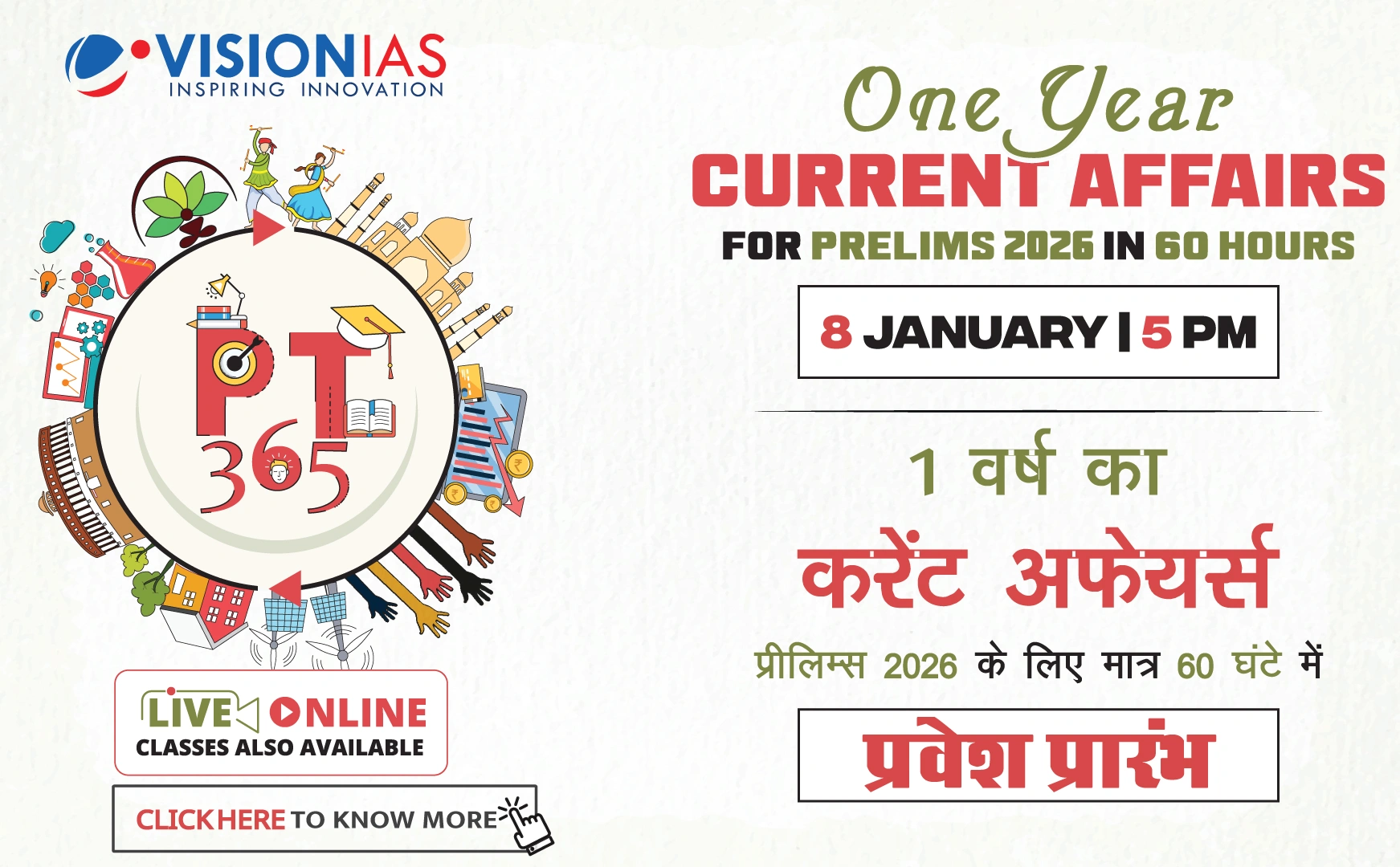Overview of the Indian Maritime Sector
The Indian government has shown significant commitment to developing the maritime sector, previously neglected by former administrations. This is primarily reflected in the Sagarmala programme, which outlines 839 projects with a projected investment of ₹5.8 lakh crore by 2035.
- By September 2024, 241 projects worth ₹1.22 lakh crore were completed.
- 234 projects valued at ₹1.8 lakh crore are under implementation.
- 364 projects, estimated at ₹2.78 lakh crore, are in various stages of development.
Investment Breakdown of Sagarmala
- Port Modernisation: ₹2.91 lakh crore (over 50%).
- Port Connectivity: ₹2.06 lakh crore (more than 35%).
- Port-led Industrialisation: ₹55.8 thousand crore (10%).
- Remaining 5%: Coastal community development, infrastructure for coastal shipping, and inland water transport.
Economic and Trade Growth
India's GDP has increased from ₹153 trillion in 2016-17 to ₹272 trillion in 2022-23, despite COVID-19 setbacks. The economy is projected to reach $7 trillion by 2030. Meanwhile, India’s EXIM trade grew from $66 billion in 2016-17 to $116 billion in 2022.
Challenges in the Shipping Sector
Despite economic growth, the Indian shipping industry has stagnated, with minimal cargo and vessel growth at major ports and a decline in global ship ownership rankings from 17 to 19.
- Cargo handled increased only by 14.26% from 2016-17 to 2020-21.
- The number of vessels handled at ports declined by 5.93% over the same period.
- The average vessel age improved from 26 to 21 years by 2024 with the acquisition of younger ships.
Key Challenges
- Capital and Financial Issues: High borrowing costs, rigid collateral requirements, unfavourable taxation laws, and stringent regulations hinder competitiveness.
- Shipbuilding Constraints: Inadequate infrastructure, high input costs, dependency on imports, customs duties, and skill gaps.
Government Initiatives and Recommendations
The Maritime India Vision 2030 includes important recommendations such as the creation of a Maritime Development Fund (MDF) and infrastructure status for ships. The Union Budget has addressed some industry demands but leaves gaps, especially in tax reforms.
- ₹25,000 crore MDF announced, with 49% government contribution.
- Infrastructure status for large vessels and shipbuilding clusters facilitation.
- 10-year customs duty exemption extension on shipbuilding spares.
- Revamped financial assistance policy and credit incentives for shipbreaking.
Conclusion and Future Outlook
The Indian maritime sector requires decisive reforms beyond incremental progress. The Budget 2025 is a promising step, but issues like tax disparities and long-term funding must be addressed to enhance competitiveness. The sector needs adequate funding for modernization and expansion to realize its full potential.



